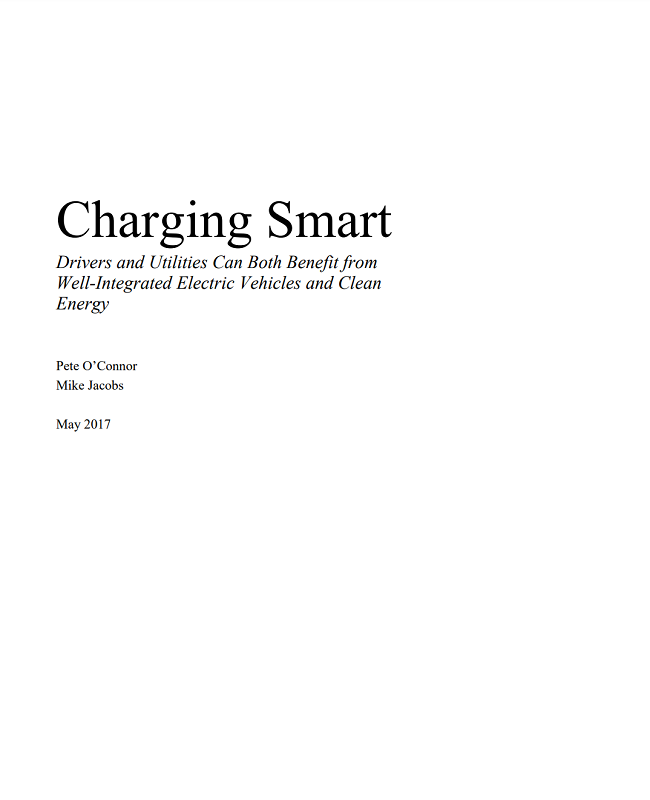Electric vehicles (EVs) provide both an opportunity and a challenge for the nation’s electricity grid. EVs hold promise for reducing pollution, but unless their demand for energy is managed, owners may start high-powered charging the moment they get home from work, whether they need to or not. Eventually, uncontrolled charging of EVs at maximum power would require substantial, costly investments in the nation’s electricity system. Meeting increased evening peak demands would lead to new generating capacity that would sit idle most of the day.
Solar photovoltaic (PV) power has a similar potential to reduce pollution— and its own set of challenges. High levels of PV generation can supply power in locations and amounts that would overwhelm today’s electricity infrastructure. Solutions are at hand, however, and integrating EVs and PV with the electric grid can support the wider use of renewable energy in the United States. Managing EVs could substantially limit any negative impacts, requiring only modest infrastructure upgrades. EVs already can schedule charging. With price signals, utilities could encourage drivers to charge when best for the grid. This flexibility could improve the performance of power systems under many operating conditions. The report finds that utilities could reduce the costs of integrating variable resources like wind and solar and spread the costs of maintaining the grid more broadly, reducing electricity rates for non-EV owners. It also argues that EV users could provide utilities with consistent, predictable energy demand and grid operators with abundant and precise data on local conditions.
Preview the report here:
 Loading...
Loading...
More About this Resource
Publisher: Union of Concerned Scientists
Date: May 12, 2019
Type: Research Reports
Countries: United States
States: None
